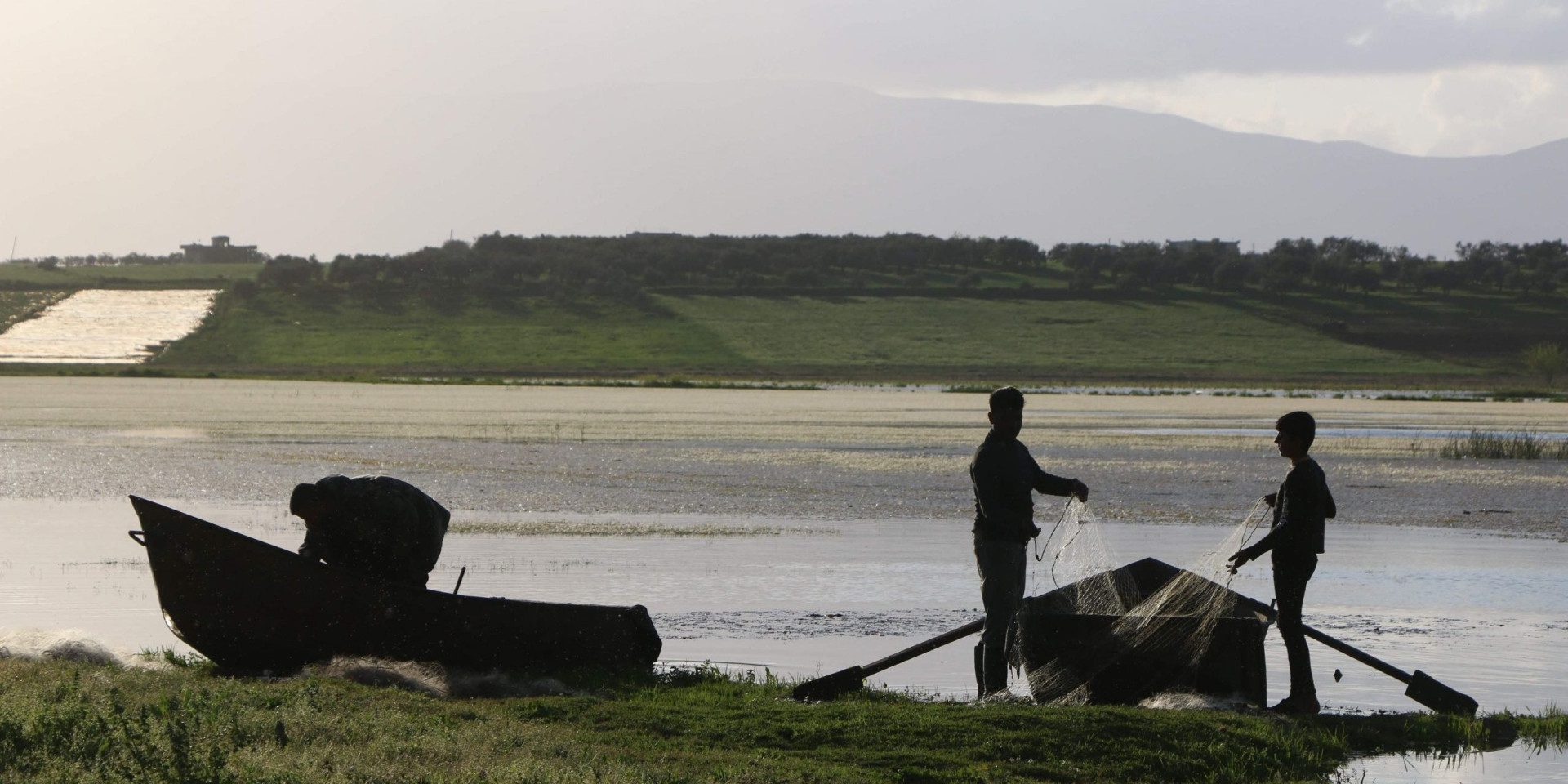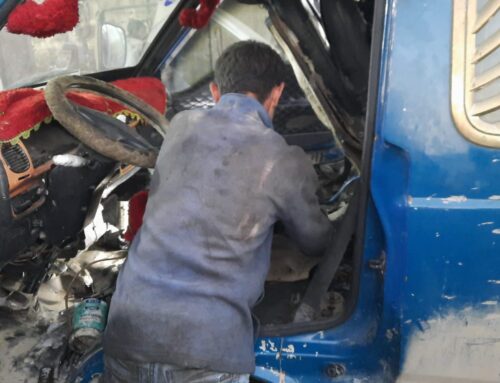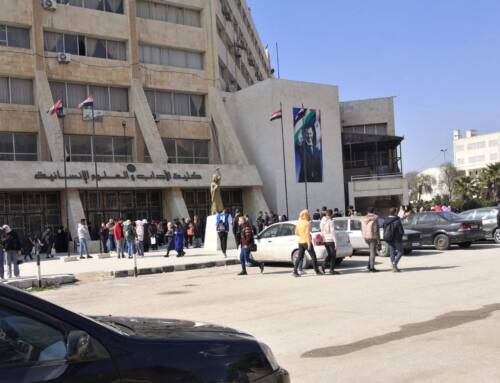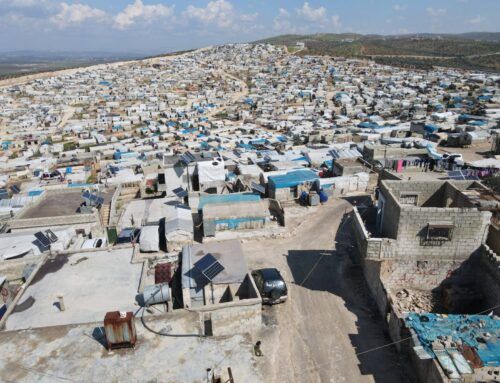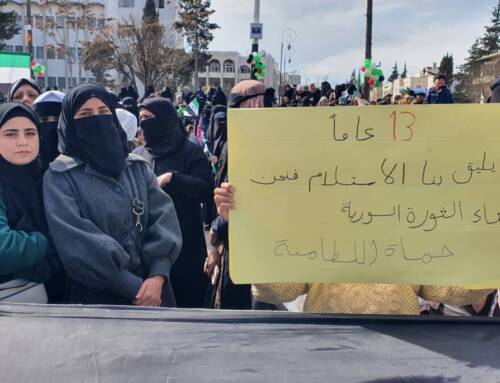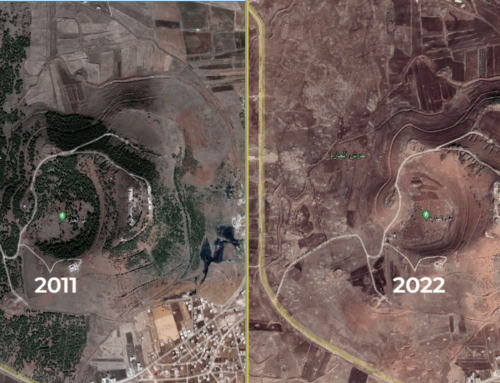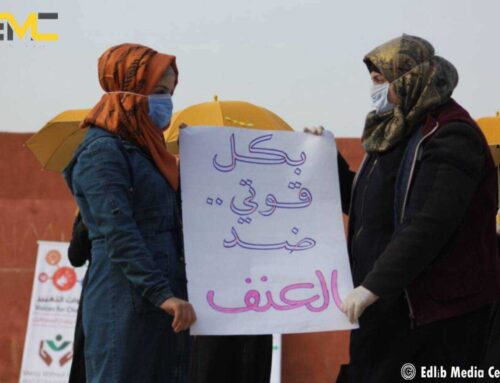“We used to live in heaven”: Idlib through the eyes of a nature photographer
In Idlib’s most dangerous corner, a young nature photographer documents the forgotten aspects of everyday life, clinging to the beauty of Syria’s green province.
18 July 2021
AMMAN — Ten years into the Syrian conflict, images of Idlib province in northwest Syria are dominated by the white tarp of tents hosting displaced Syrians, the grey concrete of collapsed buildings and the grim aftermath of bombings.
The days are long gone when the province, once nicknamed “Green Idlib”, was famous for its beautiful forests, olive trees, dotted hills and rich orchards. These were “the days we used to live in heaven,” as Salah Gaar, a journalist and nature photographer from Idlib, wrote under an old photograph of youth picnicking in the countryside of the province.
Gaar hails from Jabal al-Zawiya district in the southern countryside of Idlib, a disputed area that has suffered intensive bombing over the past weeks. Despite the hardships of living near the frontline, Gaar finds solace in nature and his love for photography.
“Perhaps because I grew up in the countryside, my love for the land and for photographing nature is different from photographing cities, the bombings and buildings,” Gaar told Syria Direct. “I lean towards photographing in the open fields, rather than photographing inside the city.”
On his Instagram page, the young photographer sheds light on a different side of Idlib, often lost to more bitter news. “Instagram is like a gate for me,” Gaar explained. “I post about our daily life, whether it is the bombing, or our everyday activities, the street scenes.”
View this post on Instagram
A blossoming cherry tree in the Jabal al-Zawiya area in the southern countryside of Idlib, 13/4/2021 (Salah Gaar – Instagram)
His work keeps pace with the natural seasons bringing life to the olive groves and orchards. Prior to the war, Idlib was famous across the Middle East for its cherries, which were exported widely and used in local dishes such as cherry kebab.
View this post on Instagram
Cherries ripening in an orchard in the Jabal al-Zawiya area in the southern countryside of Idlib, 16/6/2021 (Salah Gaar – Instagram)
Although fruit production significantly decreased during the war, as many agricultural areas are located near the frontline, thousands of displaced farmers return seasonally to their fields in the southern countryside of Idlib to plant and harvest their crops.
View this post on Instagram
Agricultural land in the countryside of Idlib, where some farmers use horses for tilling and plowing in the narrow orchards, 28/3/2020 (Salah Gaar – Instagram)
Gaar documents the unceasing work of these farmers, who earn a living from the land despite constant threats of bombing and the fear of unexploded ordnance. Some use horses to till the land, either in areas too narrow for machinery or because machines and fuel have become too expensive.
View this post on Instagram
Fishermen on the Allej lake (Qastun dam) in the countryside of Idlib, 8/4/2020 (Salah Gaar – Instagram)
Another of northwest Syria’s breadbaskets is the al-Ghab plain in the western Hama countryside. Once a large swamp flooded by the Orontes river, al-Ghab was drained in the 1950s and ‘60s and turned into a fertile agricultural plain dotted with small lakes, dams and natural waterways suitable for fishing.
View this post on Instagram
Shisha in heaven: photos from a hiking trip near Ain La Rose in the western countryside of Idlib province, 25/12/2020 (Salah Gaar – Instagram)
Gaar cherishes certain landscapes, such as an elevated area near the village of Ain La Rose in the countryside of Idlib. “From November through January, a series of clouds appear [on the plain below], as if they were underneath you,” Gaar explained. “During these three months, anyone looking for me knows they can find me in Ain La Rose.”
View this post on Instagram
Photos from a trip near the village of Ain La Rose, overlooking the Allej lake (Qastun dam) in the western countryside of Hama province, 6/2/2021 (Salah Gaar – Instagram)
“When we lived in Kafr Nabl [seized by the regime in February 2020], I would go out on trips most of the time by myself,” Gaar said. “But when we were displaced to another area, I started going mostly with friends because we don’t know well the places around us and whether they are safe, whether there are armed factions or kidnappings.”
Gaar’s photographs document the natural facets of Idlib with urgency, aware of their ongoing destruction. His own lost paradise is the Kafr Nabl forest, once a popular spot for families who would sit “from dawn to dusk in the shade of the trees.”
“This is a place where I had memories with my family, but it has become an area planted with mines, where one can’t go from one tree to another, one cannot move for fear that a mine will go off under your feet,” Gaar lamented. “This was really something very difficult to see, and it greatly impacted me.”
Over the past twenty years, Syria has lost nearly 20% of its forest cover. Over 3,000 hectares of forest were destroyed in 2020 alone by fires sparked by the fighting, land clearing, and overpopulation driven by displacement in forested areas. At the same time, pollution from artisanal oil refineries, ammunition remnants and chemicals are seeping through the country’s rivers and soil with direct impact on human health.

